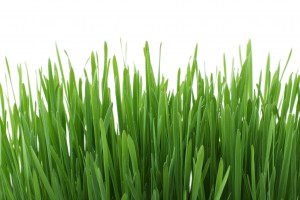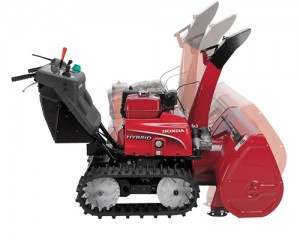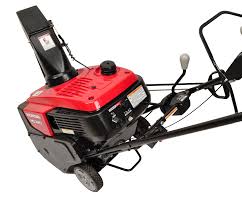Summer is a trying time for lawns with excessive heat, long dry spells, sudden storms and weeds. These tips will help you fight back against these threats so you can keep your grass looking green all season long.
Is Your Grass Dead or Dormant?
If conditions become too difficult for grass to grow, it can go into dormancy. In this state, the blades will turn brown. It may look dead, but the root system remains active. Most grass varieties can stay dormant for 4-6 weeks.
The best thing you can do for dormant grass is leave it alone. Don’t try to water the lawn to bring it back and don’t mow it. Let it recover in the fall. Once some green returns to the grass, you can resume watering and mowing.
High traffic areas will see more fatigue, going into hibernation before the rest of the lawn. Don’t be surprised if you see brown areas where people frequently walk. Adding some stepping stones in these areas can help keep people off of the grass.
Watering
Large quantities of water in short bursts helps support deep root growth, making the grass more drought resistant. Ideally, the grass should be watered between 5-9 am. to give time to absorb water and let the turf dry out. Watering overnight can leave moisture on the blades, opening the turf to fungal infections.
Use a rain gauge or a straight-sided can to measure water dropped on the ground by rain and sprinklers to prevent over-watering. If you’ve installed new sprinklers, you can measure their output by putting two or three rain gauges nearby when they’re active.
Mowing
If the layer of thatch is more than a quarter inch thick, roots will grow into it instead of burrowing into the soil. Thatch thickness can be kept down by making use of your mower’s mulching abilities. Honda’s MicroCut blades can mulch grass even when it’s wet, creating a layer of easily digested plant material. In turn, this helps the microorganisms in your lawn take care of the harder material that makes up the thatch layer.
Dull blades will tear the tips of the grass, making it more prone to infection. The blade edges should be straight and have the sharpness of a butter knife. If you see jagged edges on the tips of mowed grass, the blade is too dull.
Taller grass acts as shade and helps grow deeper roots. When summer temperatures are at their peak, warm-season grasses should be kept at a height of 2-3 inches, while cool-season grasses can be allowed to grow up to 4 inches.
Fertilizing
Stop fertilizing a month before your area sees peak summer temperatures. Lawn chemicals can burn the existing grass, and it can spur extra growth that won’t be ready to withstand the heat. If you have a serious problem that can only be helped with fertilizer, go for an organic mix. It will release slower than chemical-based fertilizers, making it less likely to burn the grass.
Weeds, Insects, and Mold
With the right mowing and watering techniques, new grass growth should push out most weeds. If you do have weed problems, keep in mind that post-emergent herbicides usually need to be applied at temperatures below 85ºF. Grubs will start hatching mid-summer. If they become a problem, grub control can be applied immediately.
Ideally, fungus should be treated before summer is in full swing. If it shows up later in the season, treatment will require treatments every two to three weeks to keep it at bay. Proper watering techniques should avoid most mold, but there’s not much you can do if you have repeated nighttime rainfall.
Keep Your Mower Running
Hondalawnparts.com is a certified dealer for Honda Power Equipment and Honda Engines. That means when you order from us, you’ll always get a quality OEM replacement. Finding the right part is easy: just select your model and serial number in the search engine and it will show you factory parts diagrams and descriptions. We ship across the U.S. and Canada.



